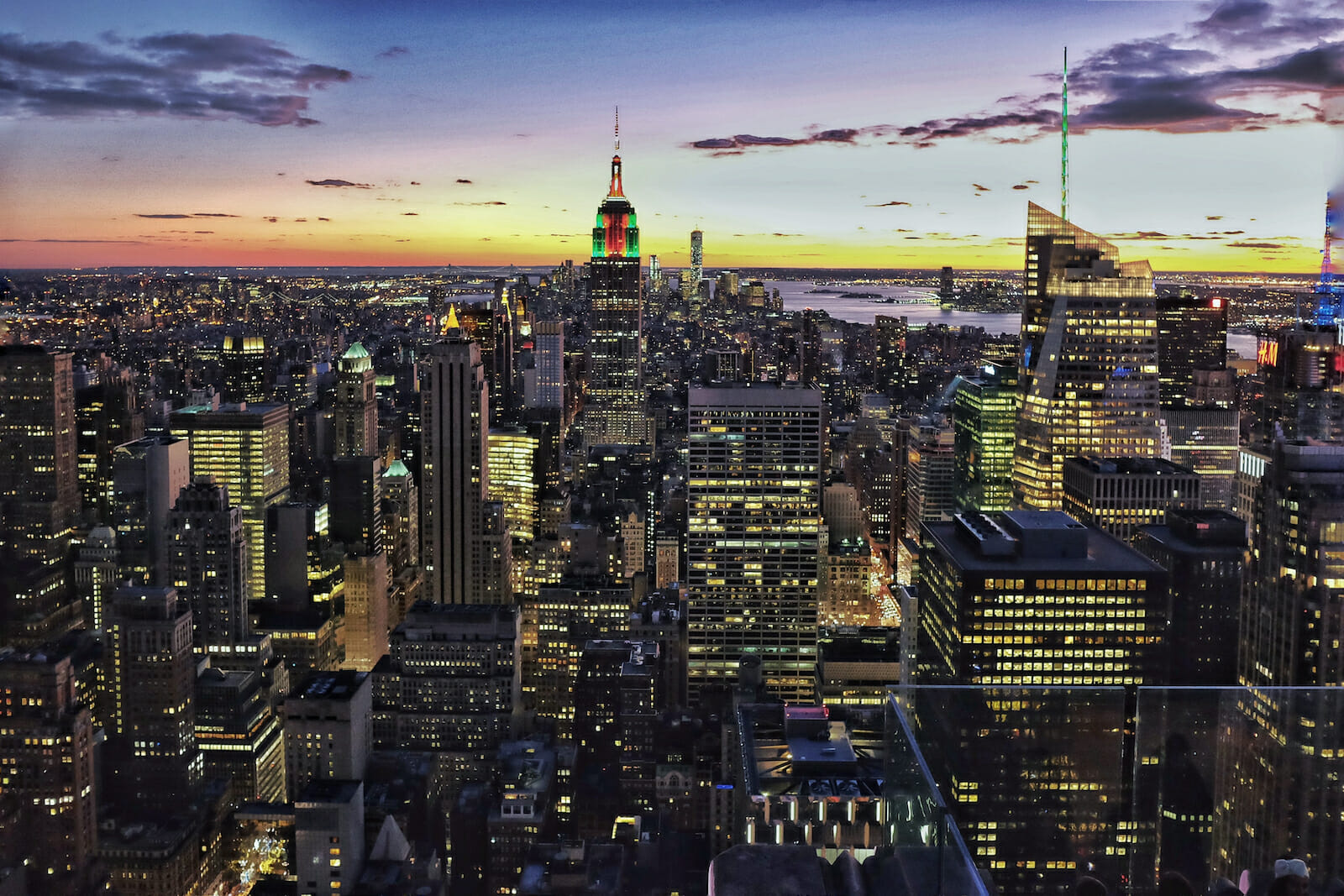
Fighting Climate Change Starts in the Cities
If proof was needed, it has been produced: much of the political noise and apparent commitment to fighting climate change is null, hollow and void. After a glorious COP21 conference in 2015, which left citizens around the world hopeful that things were finally about to change, the COP25 has ringed the bell for the short-lived momentum. With tepid involvement and bleak perspectives at the outcome of the 2019 conference, some cities have decided to take matters into their own hands.
The great COP21
The 2015 environmental summit was one of the landmarks in the war against climate change. Until then, all national and international resolutions to fight the human alteration of the environment had been non-binding. In other words, wishful thinking. And while much money and breath were being spent claiming to take the matter seriously, the situation continued to devolve. But in 2015, things clicked into motion, when the Paris agreement was voted unanimously, with binding force, specific and ambitious milestones and objectives to be met.
The BBC reported: “A deal to attempt to limit the rise in global temperatures to less than 2C has been agreed at the climate change summit in Paris after two weeks of intense negotiations. The pact is the first to commit all countries to cut carbon emissions. The agreement is partly legally binding and partly voluntary.” The successful summit sent shockwaves of hope and enthusiasm around the world – but only to deflate in the years after.
The disastrous COP25
Alas, in less than 5 years’ time, it all came to nothing. In 2019, the COP25 was held in Madrid. The sight, truly, was desolating. Environmental reporter Adam Vaughan wrote: “Scientists said the ‘minimum compromise’ achieved in Madrid means the Glasgow meeting will now need to be a turning point.” “Postponing all the relevant issues is hardly in line with the climate emergency that we scientists highlighted during COP25,” said Johan Rockström at the University of Potsdam, Germany, in a statement.
The WWF said the summit showed “a staggering failure of leadership by some countries.” By this time, political momentum had been lost, little or no additional commitment was made, and what had been previously committed to had in fact slowly drifted away from the central agenda. The tendency, in fact, did not wait until 2019: the rot started setting in just after the victorious COP21. Failure to act and to commit significant political power to the war on climate change led to various cathartic movements which culminating in Greta Thunberg’s berating the UN’s assembly for their inaction and void promises.
Paris, Anne Hidalgo taking the lead
Following the governmental and intergovernmental action, or lack thereof, a group of cities worldwide decided to forego state leadership and launch the C40 initiative, a network of individual cities which coordinate environmental initiatives. No longer believing in governmental leadership, or simply fed up with it, cities attempted a municipal approach, based on the idea that cities represent the highest human density areas, and therefore provide the heaviest carbon footprint. Anne Hidalgo, the mayor of Paris, was chairwoman of the initiative from 2016 to 2019, which gathers 96 affiliated cities, all committed towards a common goal.
In recent years, Anne Hidalgo has launched in-depth reforms in Paris, aimed at the re-design of roadways and the implementation of alternative and clean transport modes. Time magazine reports: “We are adapting our city to give more space to pedestrians and bicycles. For instance, the Seine’s banks—urban highways in the heart of Paris—have been converted into promenades. On Sundays, entire neighborhoods turn into pedestrian zones. And 620 miles of bike lanes will be completed by the end of this year. Wherever possible, in streets, squares, and playgrounds, we are removing asphalt to give space back to nature.”
Copenhagen, a beacon in the dark
Along with Paris, Copenhagen represents the tip of the sword in the new venture. For years, the Danish capital has positioned itself on the vanguard of environmental innovation, and taken initiatives way beyond its legal obligations, to preserve the quality of life. A public-private partnership in Copenhagen (encompassing the retrofitting of city buildings, investments in cycling infrastructure and the installation of new-generation connected public lighting and a digital street lab) was set up between Cisco, TDC, Citelum and Copenhagen Solutions Lab. This could be Paris’ next step in the fight against climate change. Additionally, environmental standards are a top priority in all new projects, to the point that Copenhagen may well be the first city in the world to achieve carbon neutrality within the decade.
Telegraph reporter John Wilmott writes: “Denmark’s capital has long put sustainability at the top of its agenda, as have many of its inhabitants. Lots more initiatives are taking place this year as the city continues its bid to become carbon-neutral by 2025.” Neighboring Scandinavian cities, also part of the C40 initiative, are close behind.
There is a high likelihood that the C40 program may achieve far better results than larger-scale initiatives, and certainty that it will achieve more than the disastrous COP25. And it makes sense, too: environmental awareness is necessarily an intimate matter, as it connects to the way humans live daily within their environment. Therefore, governmental or national programs will only go so far: the bulk of the work to be done lies within the daily habits of individual citizens. What better place to start working on the challenge than in one’s hometown?

